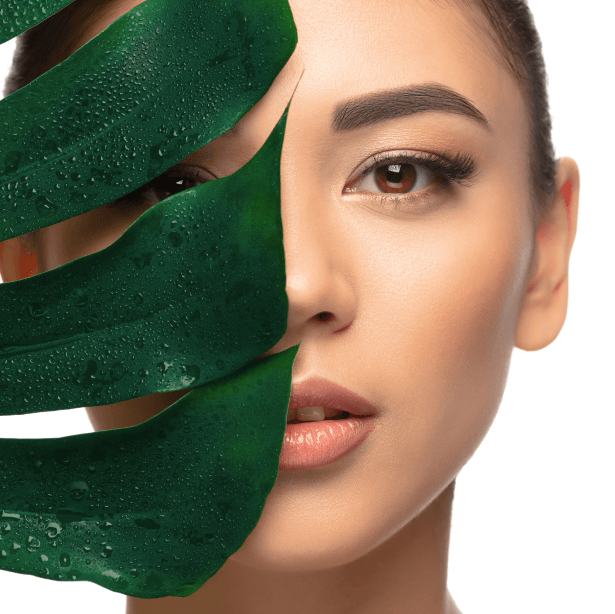The quest for smooth, cellulite-free skin is a chase many individuals are familiar with. From the shelves filled with creams and promises of easy remedies to the more invasive procedures that claim to break down the lumpy, bumpy patches on thighs and buttocks, the cellulite industry is booming. But what measures actually stand up to the promises, and which ones are just capitalizing on our insecurities? If you’re reading this, you likely seek answers grounded in scientific fact, not merely glossy advertising claims. Here, we’ll lift the veil on cellulite treatments, separating what’s backed by reliable research from what’s still in the speculative stage.
The Science Behind Cellulite
Before we plunge into the sea of potential treatments, it’s crucial to understand that cellulite is not a condition caused solely by excess weight. It’s a result of the way subcutaneous fat and fibrous bands beneath the surface of the skin interact, leading to the characteristic dimpling effect.
The Cellulite-Fat Distinction
Cellulite isn’t just about fat; it’s about the structure of fat cells. The fibrous connective bands under your skin cause the fat cells to bulge out irregularly, creating a dimpled appearance. This is why even people with slim figures can struggle with cellulite.
Weight Loss and Cellulite
While losing weight might reduce the overall appearance of cellulite, it’s not a guarantee. Weight loss can sometimes exacerbate the problem, as it may decrease the volume of fat, making the cellulite more noticeable.
Exercise’s Role in Cellulite Reduction
Exercise can help to tone the muscles and improve the skin’s elasticity, which may minimize the appearance of cellulite. However, it’s not a complete solution, particularly for individuals with a genetic predisposition to cellulite.
The Gold Standards in Cellulite Treatment
Recent years have seen several clinical studies shedding light on the efficacy of various cellulite treatments. Some have risen to the top as the most reliable methods for addressing this common cosmetic concern.
Acoustic Wave Therapy (AWT)
This non-invasive treatment uses acoustic waves to stimulate circulation and collagen production while breaking down the fibrous bands that cause cellulite. It’s shown promising results in reducing the severity of cellulite, particularly on the thighs and buttocks.
Laser Treatment
Laser therapies have been developed specifically for cellulite. They work by heating the skin, which can result in thicker skin and increased collagen production. The studies on this method have been mixed, with some reporting improvement, albeit modest, and others finding no significant change.
Subcision
This minimally-invasive surgical procedure involves the insertion of a small blade under the skin to cut the fibrous bands, allowing the skin to pop back into place and smooth out. Subcision is one of the more invasive options but has shown to produce long-lasting improvements in the appearance of cellulite.
Vacuum-Assisted Precise Tissue Release (VAPTR)
VAPTR is an advanced form of massage, which combines a suction with very precise deep tissue mobilization to loosen the fibrous bands. Clinical trials have reported noticeable improvements in cellulite following treatment.
Methods with Limited Scientific Backing
Certain treatments for cellulite have begun to establish a track record, but it’s important to approach them with a degree of skepticism until more conclusive evidence is available.
Carboxytherapy
Carboxytherapy involves injecting carbon dioxide under the skin, which is believed to increase blood flow and collagen production. Some smaller studies suggest it might be effective, but larger, more rigorous trials are needed to confirm its benefits.
Creams and Lotions
Topical formulations containing a variety of ingredients, from caffeine to retinol, have been marketed as cellulite solutions. While some users report improvement in the texture of their skin, the evidence supporting these products is generally anecdotal with few robust clinical trials.
endermologie®
This massage-based treatment uses a vacuum device with two motorized rollers and regulated suction to gently fold and unfold the skin. Endermologie has been associated with positive changes in cellulite, but the results can be short-lived without regular maintenance sessions.
Ionithermie Cellulite Reduction Treatments
Ionithermie treatments use a combination of algae, clay, and electrical stimulation to detoxify the body and minimize cellulite. Clinical data supporting its use are limited, and while some individuals see temporary improvements, long-term benefits are yet to be convincingly proven.
Radiofrequency
This procedure uses radio waves to heat the deeper layers of skin and underlying tissue. The resulting collagen contraction can lead to improved skin quality. While early research is promising, more studies are needed to confirm long-term effectiveness.
The Jury’s Still Out
Some cellulite treatments are still in the early stages of scientific evaluation. While they may show initial promise, their true effectiveness has yet to be fully demonstrated.
Laser-Assisted Liposuction
While traditional liposuction often worsens the appearance of cellulite, laser-assisted techniques are thought to improve it by breaking up the fat cells more effectively. However, evidence on its cellulite-reducing abilities is scant.
Ultrasound
Similar to laser treatment, ultrasound procedures aim to destroy fat cells and increase collagen production. These non-invasive therapies are relatively new, and their role in cellulite reduction is not yet well-defined.
What to Avoid
Not all cellulite treatments are created equal, and some are best avoided due to a lack of evidence or potential risks.
Cryolipolysis
Cryolipolysis, or “fat freezing,” involves the use of controlled cooling to destroy fat cells. While it’s an FDA-approved method for fat reduction, its effectiveness in treating cellulite remains uncertain.
Mesotherapy
Mesotherapy involves injecting various substances, like hormones or enzymes, into the tissue directly affected by cellulite. Though popular in some circles, it is not an FDA-approved treatment, and its effectiveness and safety are not well-documented.
Supplements
The market is rife with dietary supplements claiming to reduce cellulite, often containing a mix of vitamins, minerals, and herbal extracts. No scientific evidence supports their efficacy, and some may have adverse effects or contraindications.
Consulting a Professional
When considering a cellulite treatment, it’s always best to discuss your options with a qualified healthcare provider. A dermatologist can help you choose the treatment that’s most likely to provide the results you’re seeking based on your individual needs and medical history.
Conclusion
The pursuit of smoother skin is a common one, but in the realm of cellulite treatments, not all roads lead to the desired result. While there are treatments that have gained scientific credibility, many others rely on anecdotal evidence or have yet to be rigorously tested.
For now, it’s best to approach the latest innovative treatments with caution, focusing your efforts on the methods that have demonstrated the most pronounced and consistent effects through reputable research. Understanding that individual responses can vary widely, seek the advice of a trusted professional and maintain realistic expectations. The path to addressing cellulite is paved with advances in science and medicine, and as our understanding of the condition deepens, so too will the range of effective treatment options.

